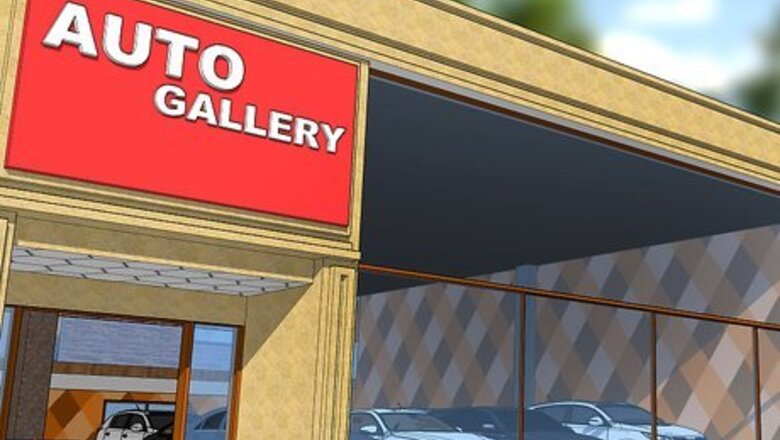
views
- The easiest way to get a loaner car or find out if you qualify for one is to ask a service representative at the dealership or garage.
- Check your car insurance policy to see if it covers a loaner vehicle or will reimburse you for the cost of a rental.
- Use a car sharing services like a taxi or an Uber or Lyft in a pinch.
Do dealerships give out loaner cars?
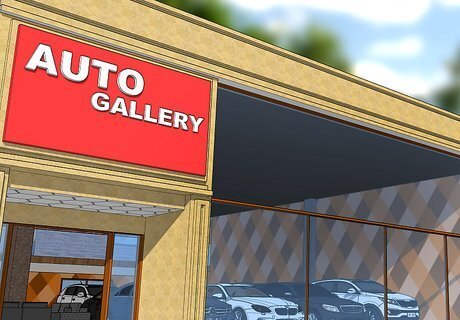
Dealerships may offer loaner cars for extended repairs and recalls. These cars are also called “courtesy cars,” and are often available when you face a considerable wait time while the repair is completed. In these situations, the dealership may offer you a loaner car to make up for the inconvenience of the repair. Though most recall repairs only take a few hours, your dealership might still offer the service. Many major manufacturers offer loaner cars as a complimentary service at many of their licensed dealerships.
How to Get a Loaner Car from a Dealership
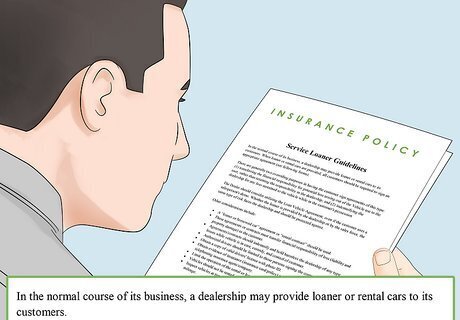
Check to see if your insurance policy covers a loaner car. Many insurance policies include a loaner car in the included coverage. Consult your policy or get on the phone with a representative to see if you’re covered. Sometimes, your insurance will require you to get a loaner from an approved dealership or garage, so it can be helpful to know which dealerships qualify before you take your car in for service.
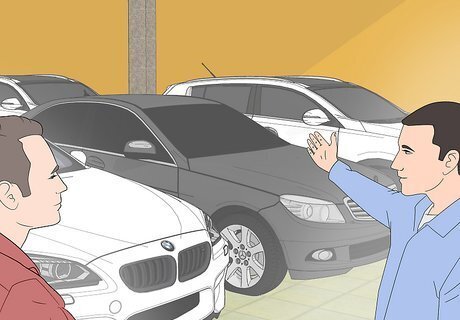
Ask a representative at the dealership or garage for a loaner. Since courtesy car policies vary from location to location, the best way to find out if you qualify for one is just to ask! Many dealerships and some garages offer loaner vehicles as a complimentary service as long as you can show them a driver’s license and proof of insurance. Your car’s warranty may also entitle you to a courtesy car in the case of repairs. Be persistent with your dealership. Some dealerships may be reluctant to offer you a courtesy car. In this case, it can be useful to keep asking or to voice your complaints. It’s also useful to know the details of your warranty or insurance policy to use as leverage. If you find yourself at a dead-end with a representative, it can help to ask to speak to a dealership manager or owner. These employees have a greater interest in keeping your business, and may be more willing to help you.
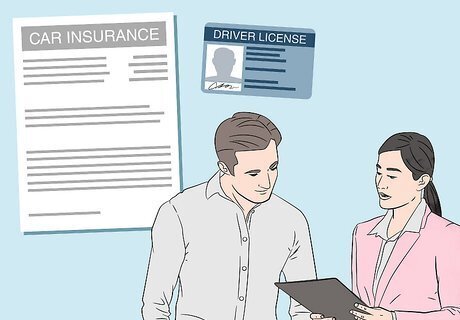
Fulfill the dealership’s prerequisites and sign the paperwork. If you’re of-age, have active car insurance, and identifying documents like a driver’s license or passport, your dealership may offer you a loaner. In this case, read over the loaner car paperwork carefully and take note of or ask questions about when you need to return it, if you need to refill the gas, who is authorized to drive it Return the loaner car on time. Loaners aren’t forever. Dealerships will only let you drive the courtesy vehicle for the duration of the repairs, and sometimes for even shorter spans. Before you drive off the lot to go complete those errands, ask the service desk how long you can keep the car, and be sure to have it back when they ask.
Requirements for a Loaner Car
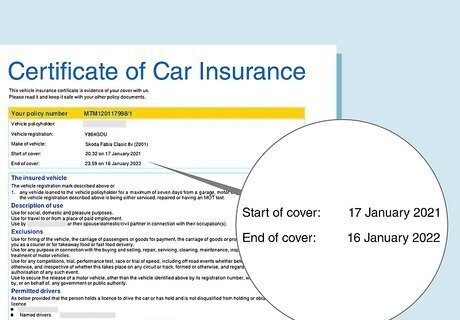
You have active car insurance that covers a loaner vehicle. In the case of an accident in which you’re not at-fault, many insurance plans cover the cost of a courtesy car while your own car is in for repairs. If you were at fault in the accident, however, it’s less likely your insurance will cover it. Many comprehensive car insurance policies also entitle you to a loaner car in the event of an accident. Take a look at your insurance plan or speak with an insurance representative to find out if you’re covered.

You’re at least 21 years old. Many dealerships and garages have an age requirement for lending out courtesy cars. Often, you must be 21 or older to receive a loaner, but this varies depending on each location’s particular policies. Some dealerships require you to be 25+ years old. Ask a dealership representative about their age requirements.
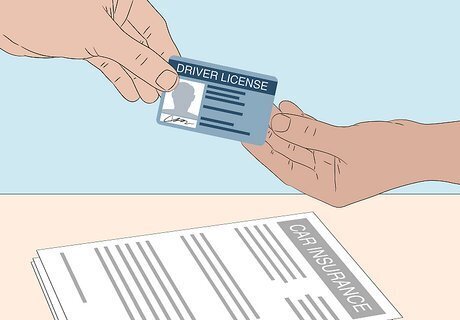
You can provide the necessary documents and show identification. In order to get a loaner car from the dealership, you’ll need a valid driver’s license, and often a credit card and proof of insurance. If you’re missing any of these, you may not be eligible for a loaner.
Do Dealerships Charge for Loaner Cars?

Most dealerships offer loaner cars for free. As long you meet the dealership’s qualifications, and if a loaner car is available, a dealership will usually lend you a car for free. Alternatively, your insurance company may supply you with a free loaner car from a third party.
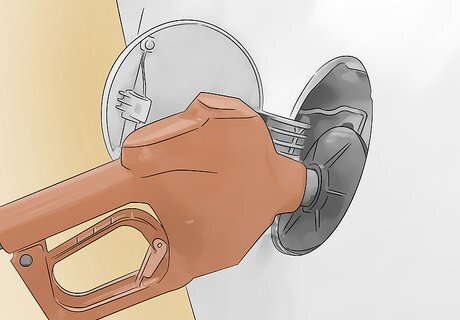
Many dealerships do charge for gas. Though the car itself may be free, it’s also common for dealerships to add a gas charge to the terms, often about $20. Read the terms and paperwork carefully to find out what the dealership may charge.
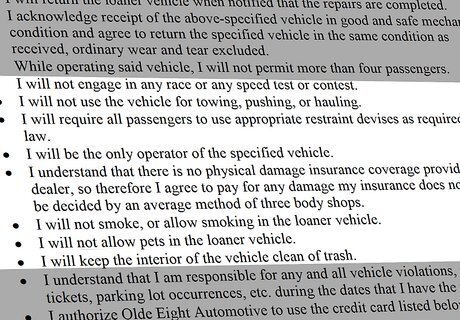
Dealerships often include liability or late charges. Many dealerships will charge you for damage to the loaner car, such as scratches, pet damage, or smoking inside the car. They may also charge you per day if you fail to return the loaner car on time.
What to Do if Your Dealership Won’t Give You a Loaner Car

Reserve a rental car. If you know you’ll need a car while your own is getting fixed, reserve a rental car from a rental car service. Call ahead to ensure availability, and shop around to make sure you get the best price. Then, pick up and drop off the rental at the designated times. You may need to pick it up before you drop your own car off for repairs. The cost of a rental car is also covered in many insurance policies in the event of repairs on your own vehicle. Check your policy to see if you’re covered. Of course, you can also shell out the money from your own pocket if you’re not covered but you need the car anyway.
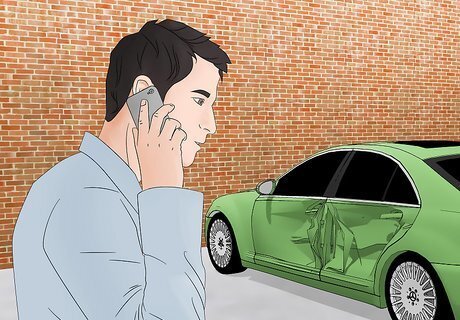
Get a hire car. If your car is in for repairs as the result of an accident, ask your insurance company about the possibility of acquiring a hire car. Hire cars work much like rentals, but the cost of the rental is billed to whomever was decided as at-fault by the insurance company once the claim is filed. Just be aware that if they find you at fault for the accident at the end of their investigation, you may be the one who ends up with the bill.

Ride in a taxi or other on-demand car service. Services like Uber or Lyft are handy when you need only one or two trips while your car is getting repaired. Some services even coordinate with dealerships to offer rides to people whose vehicles are in for repairs.
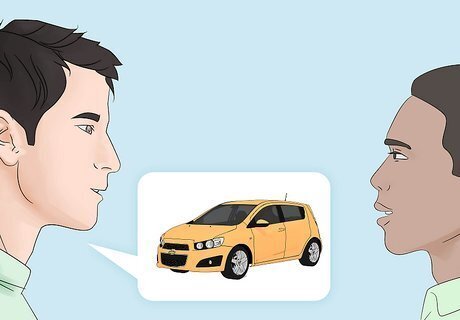
Ask a friend or relative to drive you or to lend you their car. It can be a good idea to ask around your circle for a car to drive while yours is being repaired. Just be sure to ask them if their insurance policy covers other people driving their vehicle. Otherwise, your friends or family may be willing to drive you on some errands.



















Comments
0 comment